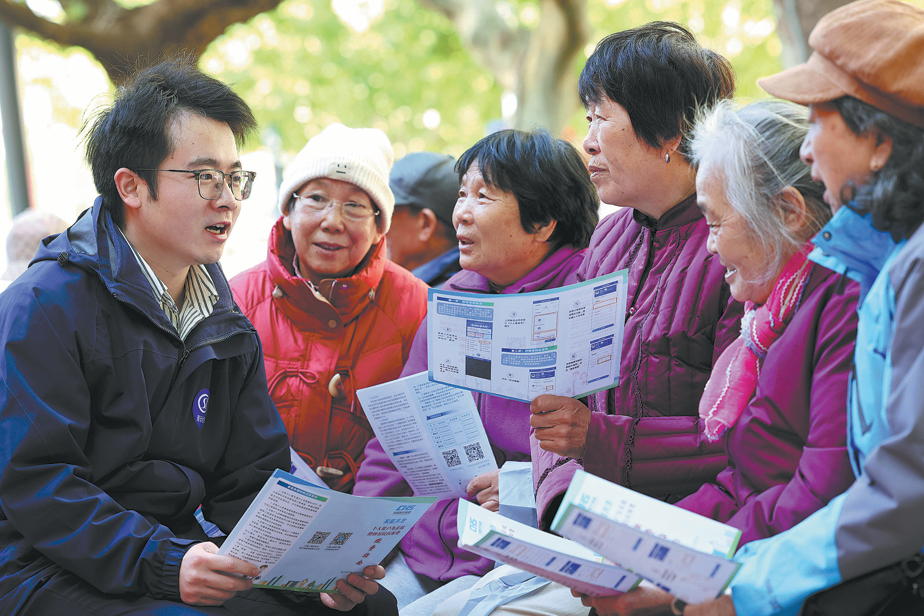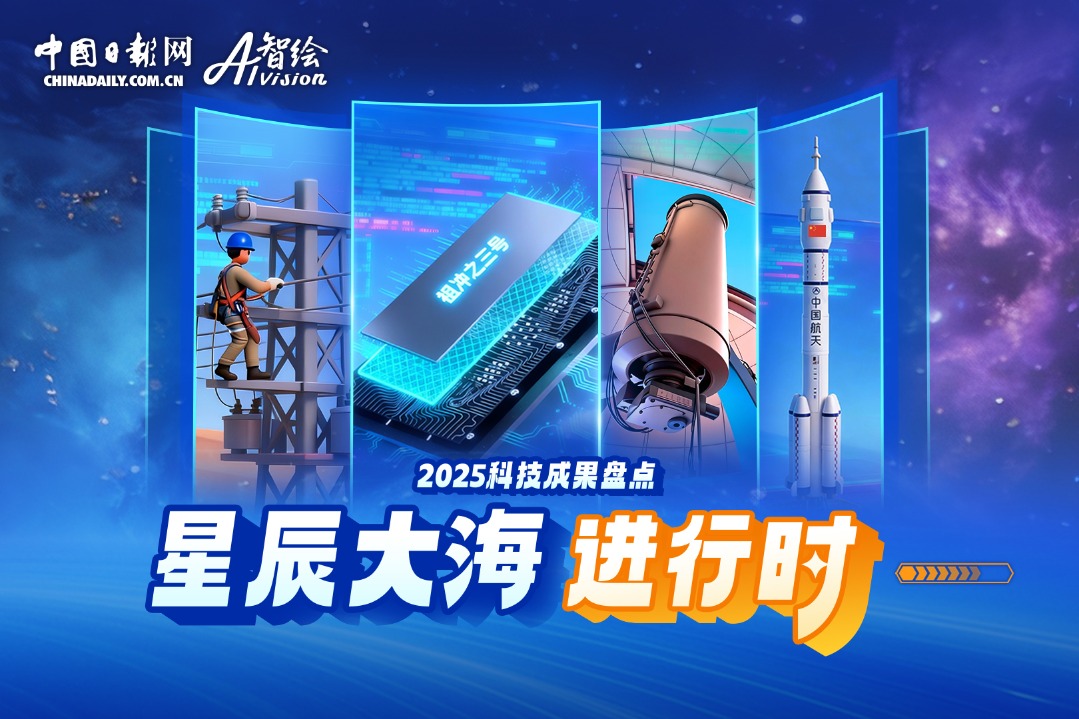Fukushima plant debris removal begins

TOKYO — A difficult operation to remove a small amount of radioactive debris from Japan's stricken Fukushima nuclear plant began on Tuesday, after technical issues suspended an earlier attempt.
Tokyo Electric Power Company, or TEPCO, said in a statement that its "pilot extraction operation" had started. It will take about two weeks, according to the company.
The tiny sample will be studied for clues about conditions inside the reactors — a crucial step toward decommissioning the Fukushima Daiichi plant.
About 880 metric tons of extremely hazardous material remain 13 years after a tsunami caused by a 9.0-magnitude earthquake triggered one of the world's worst nuclear accidents.
Removing the debris from the reactors is regarded as the most daunting challenge in the decadeslong decommissioning project.
TEPCO originally planned to start its first trial removal on Aug 22, aiming to collect just three grams for analysis — if the extraction process is successful.
However, the company had to stop the work at a preliminary stage after detecting a problem involving the installation of the necessary equipment.
Three of the Fukushima plant's six reactors were operating when the tsunami hit on March 11, 2011, sending them into meltdown.
The debris within has radiation levels so high that TEPCO had to develop specialized robots able to function inside.
The government and TEPCO are sticking to a 30 to 40-year cleanup target set soon after the meltdown, despite criticism it is unrealistic. No specific plans for the full removal of the melted fuel debris or its storage have been decided.
Agencies Via Xinhua






























